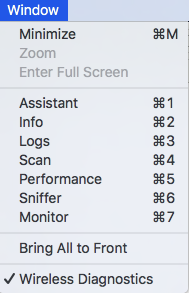You have 90 less 30 or -60dB of signal, excellent signal.
Using 802.11n with a 40MHz channel, top baseband speed is probably 135, so you are using two antennas to get 270 transit rate. that may be as FAST as you can easily attain using 802.11n.
If you are not seeing good results, there may be other Networks interfering on channel 35.
¿How many other Networks do you see?
You can get a list of visible networks by center-channel using Network Diagnostics built-in tools, accessible from the Wireless Diagnostic menu.

choose Scan, and a list of visible networks will appear, with their center channels noted:

That display does not tell the whole story. When you use a particular nominal channel, your data actually use additional channels around the nominal channel. So another user on a nearby channel could be causing interference. This graph from Wi-Fi explorer, an inexpensive Utility with a three day trial, is MUCH more illustrative of what is actually happening, because its shows the signal spread:

Here you can see that the single Network nominally on channel 35 is putting out energy up to channel 50.
Many Routers can do "Automatic" channel selection. When set to automatic, your Router "sniffs" the channels, looking for one that is most lightly used, and chooses that channel at power-up. That is also why step 1 in debugging these issues is "cycle the power to your Router".